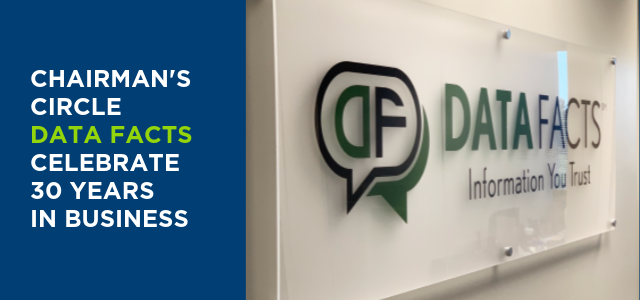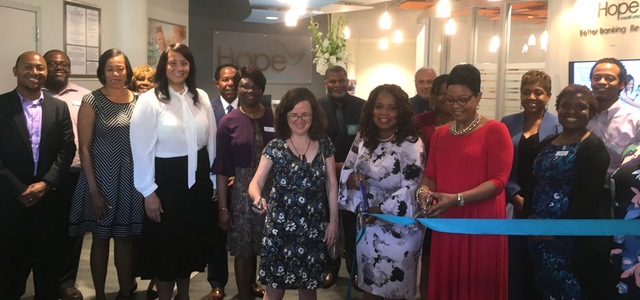
A number of stimulus funds are now available to help businesses affected by COVID-19. See the list below and learn how you can apply:
Small Businesses
Benefit: SBA’s Paycheck Protection Program. Up to $10 million per small business or nonprofit organization. Almost $350 billion will be available on a first-come, first-serve basis.
Business can get a loan at 1% interest to cover up to 250% of average monthly payroll costs — including group health insurance premiums, retirement contributions and state and local payroll taxes, even cash tips that the employer recorded. The loan will be forgiven for businesses that retain or rehire workers to restore their Feb. 15 headcount. If a company lays off workers or reduces payroll expenses, the loan forgiveness will be reduced or eliminated.
Who is eligible: Companies with fewer than 500 employees or otherwise meet the SBA’s definition of a small business, small nonprofits including religious organizations and even self-employed people who certify that the loan request is necessary to support ongoing operations given the pandemic’s economic uncertainty. Small businesses in the hospitality and food industry with more than one location can also be eligible if their individual locations employ less than 500 workers.
How to get it: Apply through a participating bank or lender. A sample two-page application form is available from the SBA website. Be sure to have appropriate documents showing payroll records for the entire previous year and payroll costs for the period including Feb. 15. Also bring records showing the business’s utility costs and rent or mortgage interest costs. If the company doesn’t have an existing relationship with the lender, be prepared to satisfy Bank Secrecy Act requirements to prove the business is legitimate and show the identities of those with a beneficial interest.
Special limitation: The money is capped at an annualized payroll rate of $100,000 per worker.
Bottom line: Get in line fast for this first-come, first-serve program. This is a no-brainer if you qualify, and tens of millions of businesses and nonprofits could be swamping bank offices in the coming weeks. The deadline for getting the loan is June 30, or until money runs out.
Airlines and Related Companies
Benefit: Up to $32 billion in payroll grants for airlines, contractors and cargo carriers, controlled by Treasury Secretary Steven Mnuchin.
Who is eligible: Airlines, contractors like catering companies, and air cargo haulers can get a combined $32 billion in grants to pay their workers.
How to get it: Companies need to continue flying routes required by the government and keep their employees on payrolls through Sept. 30. Outside firms are advising Mnuchin on the terms he should set, including what he will demand from airlines in return, such as warrants for equity in the companies. Mnuchin has said the money should be more than a bailout. He has solicited proposals from the airlines for terms on receiving the aid and has issued guidance.
Benefit: Airlines and cargo carriers can also apply for loans from a $29 billion pot.
Who is eligible: The same airlines and cargo companies eligible for the grants also have the option to apply for these loans.
How to get it: Companies also need to go through Treasury to get these loans.
National Security Companies
Benefit: Up to $17 billion in loans for companies deemed crucial for national security.
Who is eligible: Boeing, with its aircraft manufacturing and broad supply chain, will be one of the clearest beneficiaries, although the law doesn’t specifically mention the company.
How to get it: The companies also need to go through Treasury to get these loans.
Corporations and Local Governments
Benefit: The Federal Reserve has access to at least $454 billion it can use to leverage trillions of dollars in facilities intended to back up companies as well as state and local governments.
Who is eligible: This will be up to the Federal Reserve.
How to get it: The Federal Reserve facilities are still evolving. Mnuchin said lots of companies will be able to participate through broad facilities for both larger companies like energy firms and Main Street businesses.
Special limitations: The law includes restrictions on executive pay and stock buybacks for firms that access this aid. Congress set up a series of oversight mechanisms to review how all of that cash gets spent, including a special inspector general, an accountability committee of relevant government departments and an oversight panel.
Other Perks Available: Tax Cuts and Deferrals
Benefit: Turn business losses into cash refunds
Who is eligible: Any company that lost money in 2018, 2019 or 2020 but turned a profit in the past five years.
How to get it: If a firm can show losses from 2018 or 2019, it can go back five years to offset past profits and ask the IRS for a refund now. The IRS has not yet issued guidance about how to claim those refunds, but in the past the IRS has reimbursed companies within 45 days. If a business has losses this year, it can take the losses at the beginning of next year.
Benefit: Tax Payment Delay
Who is eligible: Companies of all sizes and individuals can delay filing their 2019 tax returns, paying any outstanding tax liability and submitting estimated taxes for the first quarter of 2020 until July 15.
How to get it: No action is needed for the extended due date for income taxes. The IRS also allows companies to delay filing their taxes until October 15, but that requires a form requesting an extension with the agency. Tax bills that aren’t paid by July 15 will start accruing interest and penalties, even for companies approved to file the return in October.
Benefit: Payroll Tax Deferral
Who is eligible: Corporations can also put off paying the employer-side payroll taxes they owe for up to two years. One exception: companies that get their Payroll Protection Program loans forgiven can’t defer their payroll taxes.
How to get it: Companies can defer paying all of the 6.2% payroll levies they owe the government for the rest of 2020 and can spread those payments out over 2021 and 2022. At least half must be submitted by the end of 2021.
Benefit: Employee retention tax credit
Who is eligible: Companies of all sizes and non-profits forced to close or slow business could be eligible for a refundable tax credit if they keep workers on the job. Firms that get Payroll Protection Program loans can’t claim this tax break either. Companies with more than 100 employees can only claim the tax credit against wages paid to employees with work curtailed by the pandemic.
How to get it: Employers can get up to $5,000 per worker they keep on the job during the downturn. The credit is applied against payroll taxes, submitted quarterly, but companies can also ask for an advance using these instructions and form from the IRS. The tax break is refundable, meaning businesses can get a check back from the IRS if companies have amassed credits larger than their payroll tax bills.
Benefit: Tax credit for paid sick and family leave
Who is eligible: Employers with fewer than 500 employees can receive dollar-for-dollar tax credits that reimburse them for providing paid sick and family leave wages for workers who have to take leave related to the virus. Self-employed individuals are also able to claim a similar credit. One important caveat: Paid sick and family leave reimbursed by the tax credit is excluded from the payroll costs that can be claimed as part of the Payroll Protection Program.
How to get it: Employers that offer workers up to 80 hours of paid sick leave and up to an additional 10 weeks to care for a child due to school closures can claim the credit for wages paid starting April 1. Companies can claim the tax breaks on their quarterly federal employment tax returns, but they can benefit more quickly from the credits by reducing their employment tax deposits. If the credit amount is larger than the federal employment taxes, companies can request an advance payment of the credits from the IRS.



